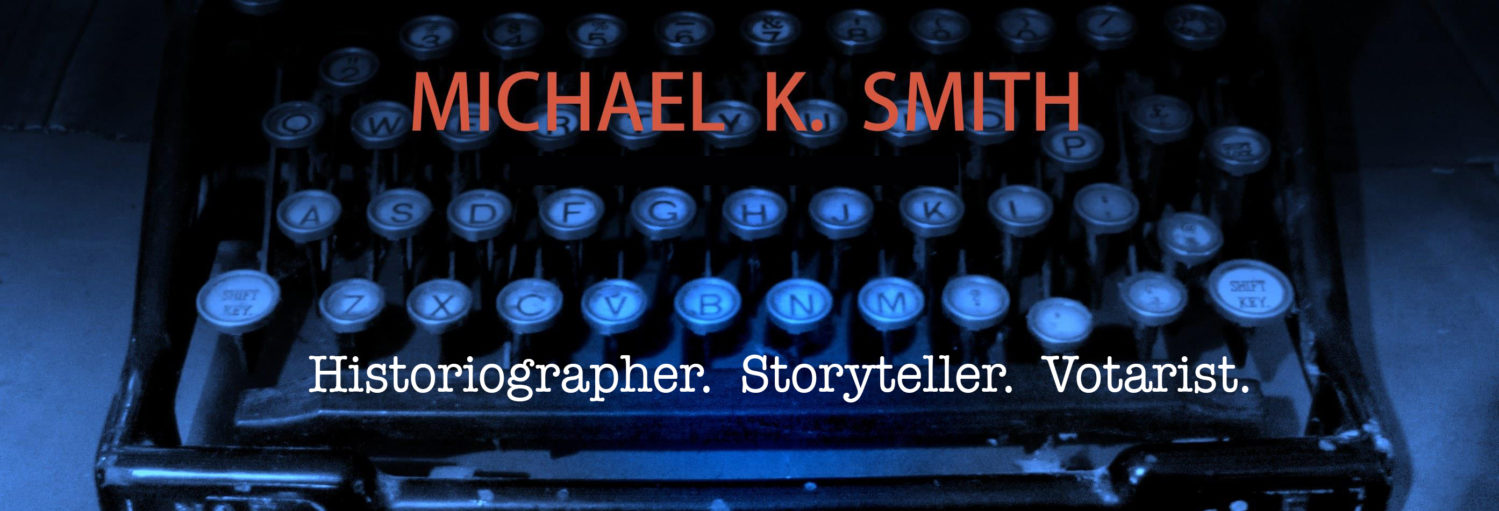 A battle scene in a novel can be a very powerful and important element that, if done correctly, will define your protagonist—which is why we all need novel writing advice on how to adequately accomplish write one. Your protagonist might distinguish himself/herself in such a way that the reader gains intimate knowledge into his/her psyche while carrying the story forward. The author can use the natural tension of battle and a soldier’s fear to demonstrate the protagonist’s true character whether he/she be a hero, antihero, or just learning an important lesson. An example of this revelation of character is in my first book, Home Again.Luke, the young teenage protagonist, goes off to war. At the Battle of Shiloh, we learn he has a strong compassion for the wounded, his compassion is manifested by the way he cares for victims. For the rest of the novel, the reader knows how he will react in similar situations. In a way, his actions in battle defined him and foreshadow the themes of my second novel, Scarred.
A battle scene in a novel can be a very powerful and important element that, if done correctly, will define your protagonist—which is why we all need novel writing advice on how to adequately accomplish write one. Your protagonist might distinguish himself/herself in such a way that the reader gains intimate knowledge into his/her psyche while carrying the story forward. The author can use the natural tension of battle and a soldier’s fear to demonstrate the protagonist’s true character whether he/she be a hero, antihero, or just learning an important lesson. An example of this revelation of character is in my first book, Home Again.Luke, the young teenage protagonist, goes off to war. At the Battle of Shiloh, we learn he has a strong compassion for the wounded, his compassion is manifested by the way he cares for victims. For the rest of the novel, the reader knows how he will react in similar situations. In a way, his actions in battle defined him and foreshadow the themes of my second novel, Scarred.
Here is some novel writing advice about writing battle scenes:
First, the scene needs to be simple with the conflict understandable and easy for the reader to picture. Complicated scenes with various elements of the battle moving here and there can be confusing and difficult to understand. Remember, you are painting a picture with words, so make the painting as simple as possible while you develop your story.
A good method for keeping track of the scene as you write it is to draw a map showing the various sides of the battle before, during, and at the end of your scene. Your map can have more information in it than you might need, because you can choose how much detail you actually need later. Your map should show prominent landmarks that you might use in your descriptions. Above all, make sure you understand exactly the movements of the sides of the battle so you can feel comfortable creating the scene. If your battle has a historical relevance, you can always find historical references, guides and even maps by using your favorite search engine.
Now you can insert your characters into the scene of battle. As your protagonist participates in the action you know where he/she is at all times from your map. You simply write what he does or does not do. Now add to what he does, what he sees. You get that from the same map. Then add what he hears and feels and your reader will think he/she is right there in the action. That’s powerful. Properly done, the scene could be the best in your book.
After you have it all written down, go back over the scene and ask yourself a couple of questions: Does it make sense? Does it move your story forward? Will the reader gain insights into your protagonist’s character which you need in his/her development? You will probably have to rewrite it several times, but you can always refer to your map for consistency.
This guest post, written by Michael Kenneth Smith, first appeared in The Writer’s Digest column: The Writer’s Dig edited by Brian A. Klems who is also online editor of Writer’s Digest and author of the popular gift book Oh Boy, You’re Having a Girl: A Dad’s Survival Guide to Raising Daughters.


Leave a Reply